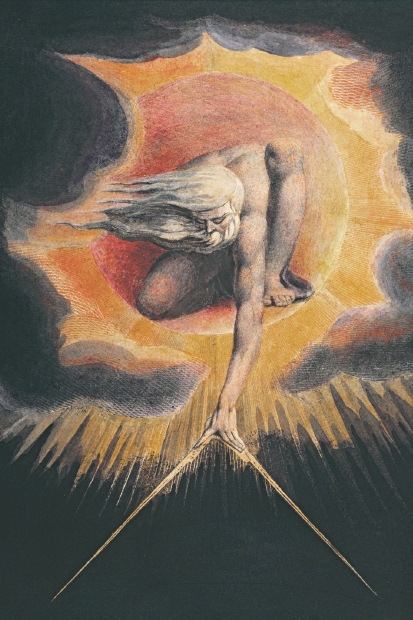Mediterranean crockery has a lot to answer for. It famously spoke thus to John Keats: ‘Beauty is truth, truth beauty, — that is all/Ye know on earth, and all ye need to know.’ Well, even if true, it’s obviously not all one needs to know. But then Keats was never one for irritable reaching after fact and reason. Any attempt at ‘cold philosophy’ would, as he wrote in another poem, ‘unweave a rainbow’. It would also, the poet groaned, ‘empty the haunted air, and gnomed mine’. Gnomed mine? Really?
The Nobel-winning physicist Frank Wilczek, though, is determined to put the gnomes back into the mines. His eccentrically brilliant book is a ‘meditation’ on the possibility that beauty really is truth. From the Pythagorean mantra that ‘All things are number’, and Plato’s atomic theory (wrong in detail but surprisingly right in many principles), through to Newton’s work on light and gravity, and up to modern quantum theory, Wilczek offers a stirring defence of rationalism: the uncovering of truth through pure reason. These days, we tend to assume that empiricism is the only game in town. Yet time and time again, Wilczek shows, ideas in theoretical physics long precede the evidence that turns out to support them. To be sure, coming up with those ideas is hard work, as he puts it in a charmingly self-deprecating caption to a reproduction of Dürer’s engraving ‘Melancholia’, which he says ‘well depicts the frustrations I often encounter when using pure thought to comprehend reality’.
But which pure thoughts will be correct? In physics, the most beautiful set of equations is repeatedly the one that turns out to be true. ‘We propose equations with enormous symmetry and then check to see whether Nature uses them,’ Wilczek explains. ‘It has been an amazingly successful strategy.’
It’s not obvious why this should be so, or indeed why human mathematics should be able to describe the universe at all. Wilczek himself hints at some cosmological flavour of intelligent design when he speaks fondly of the ‘Artisan’ who constructed the universe according to particularly beautiful laws in the first place. That is the sort of thing that would get Richard Dawkins (one of whose own books is entitled Unweaving the Rainbow) fuming, though of course some kind of deist assumption that the universe is rationally ordered and so rationally comprehensible has inspired science for millennia.
Wilczek is agreeably conscious of the general reader’s limitations. He mentions Niels Bohr’s proposal that an electron can undergo a quantum jump, then adds: ‘Why? How? Don’t ask.’ He also helps our understanding with a few judicious renamings: ‘electric fluid’, for example, instead of (one meaning of) ‘electric field’. He also feels that the term ‘Standard Model’ for the current picture in particle physics is too boring and modest, and instead christens it the ‘Core Theory’.
And he finds some lovely analogical thought experiments. ‘Imagine that a race of spiders arose, so intelligent that they begin to construct spider physics,’ he instructs. ‘What would that be like?’ It turns out, he says, that spiders would have a many-eyed head start on field theory, because ‘force-conducting, space-filling webs are how they make their living. Their world is a world of connections and vibrations.’ So, it appears, is ours, deep down.
The book ends on a slightly hippyish note of mystic paradox, mingled with a joyous expectation of future discoveries. At the same time it is most impressive as a work of sympathetic historicisation. A Beautiful Question is a potent antidote to those many whiggish histories of science that castigate previous generations for their error. (Another Nobel laureate in physics, Steven Weinberg, has of late perpetrated one himself, in To Explain the World.) After showing how you could accuse Newton of goofing in his theory of light, Wilczek comments:
It is common, but horrifying, to find popularisers and observers of science saying things of that sort in earnest — as if anything besides the latest True Theory of Everything is so much trash. It’s a lightweight version of the sort of thinking behind intolerant, totalitarian ideologies.
In that humane remark there is truth — and beauty too, if not many gnomes.






Comments